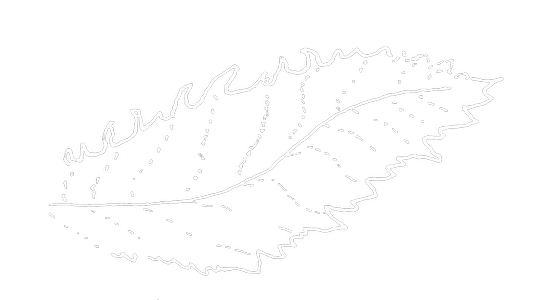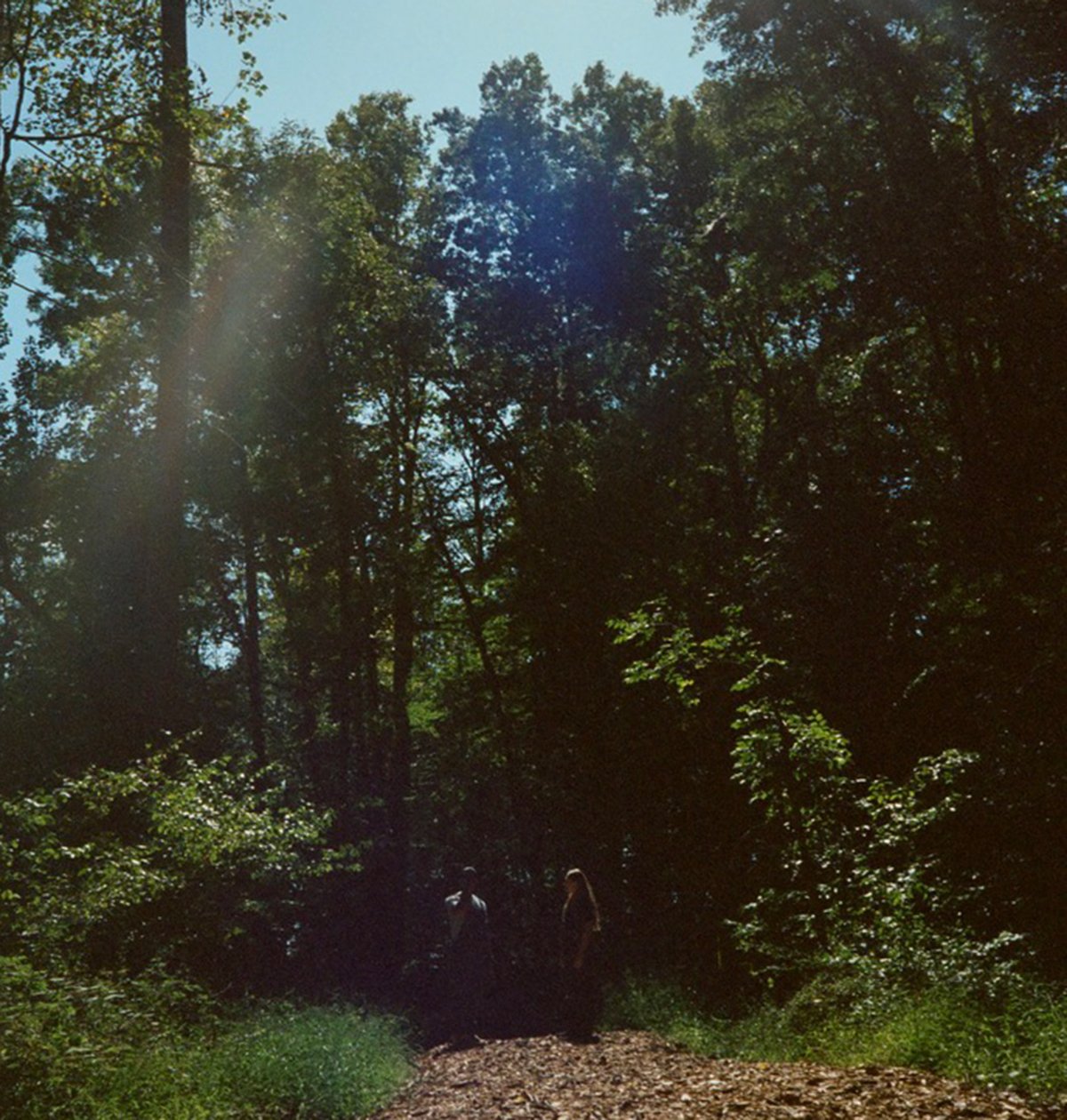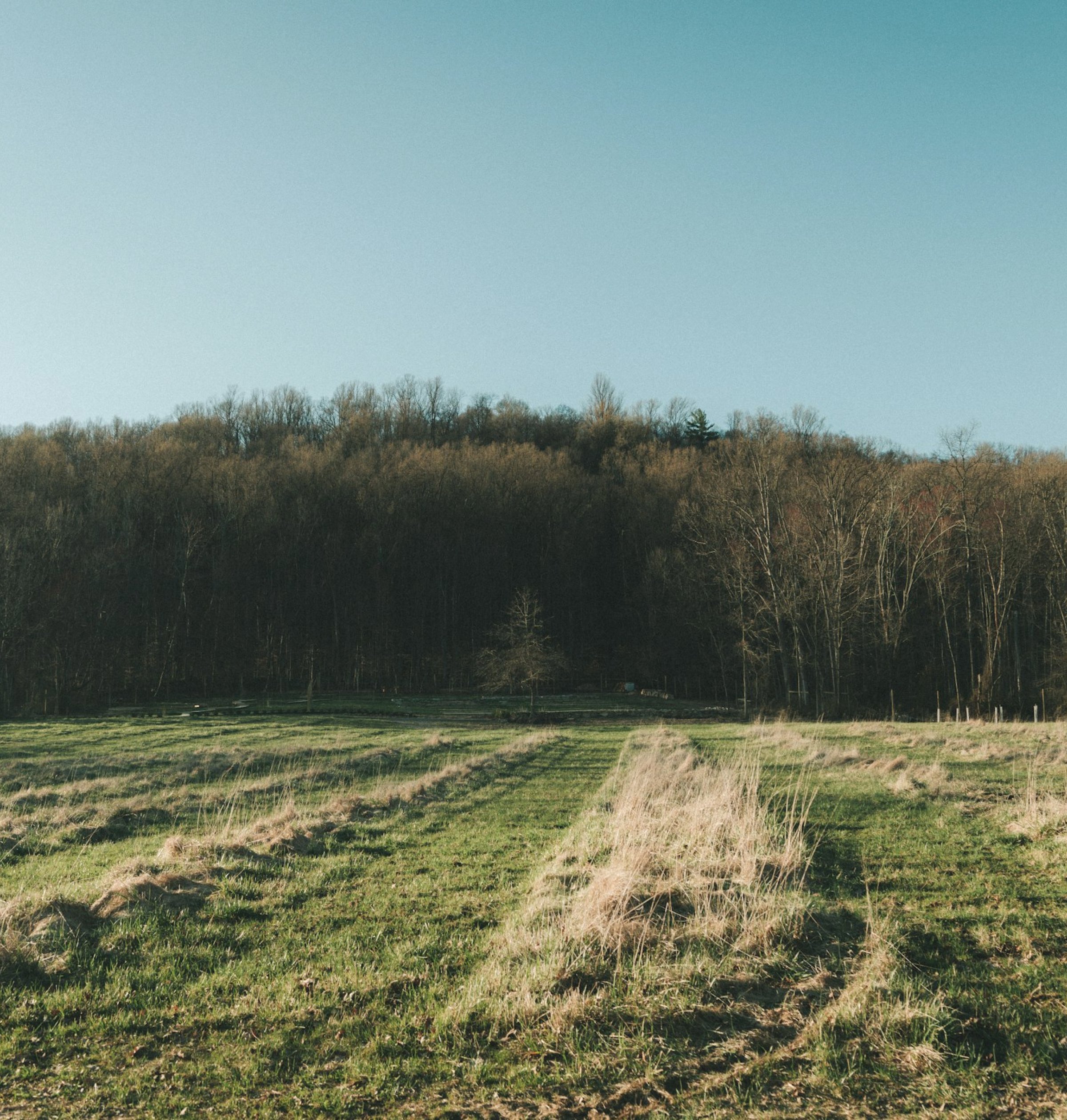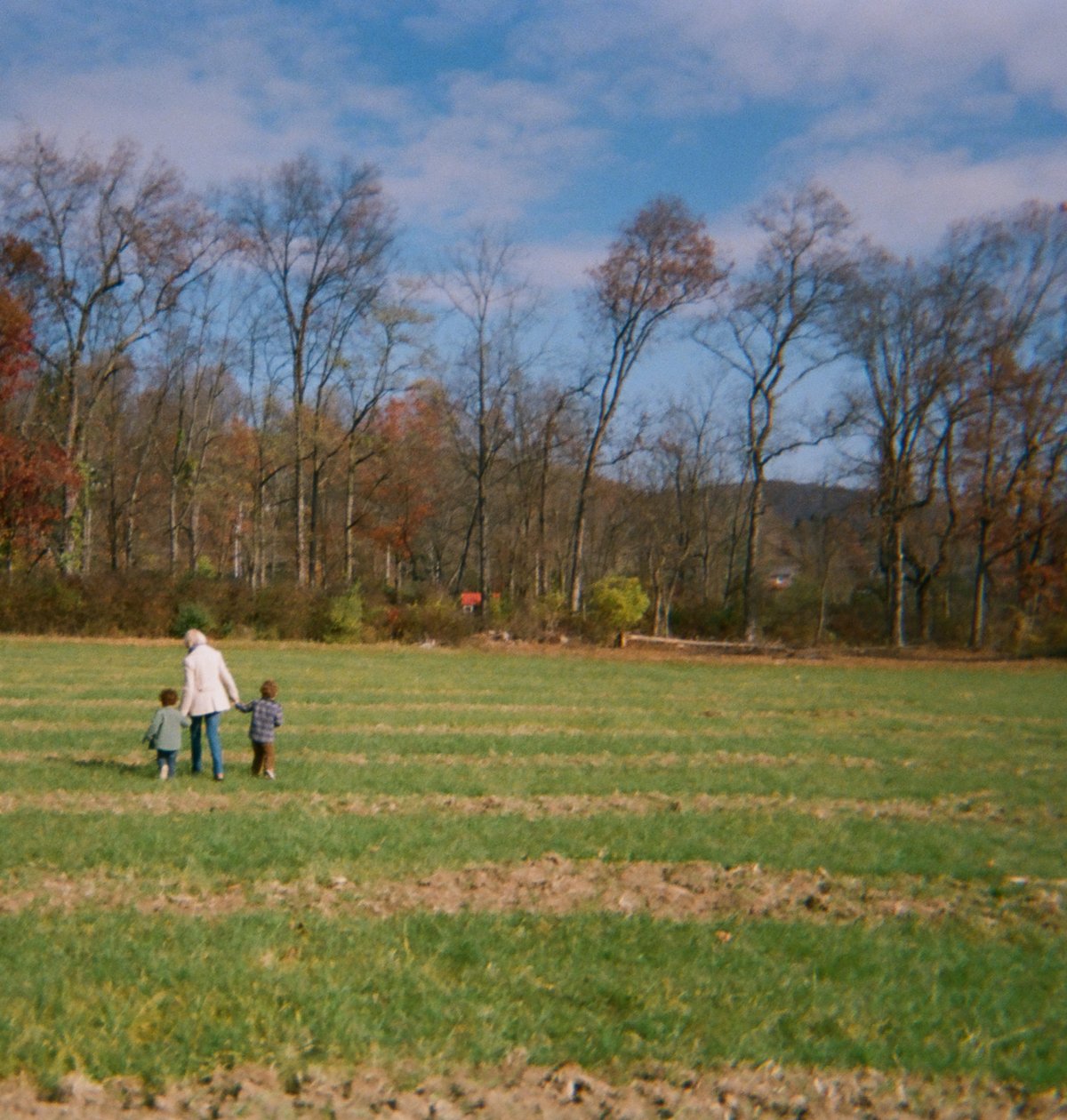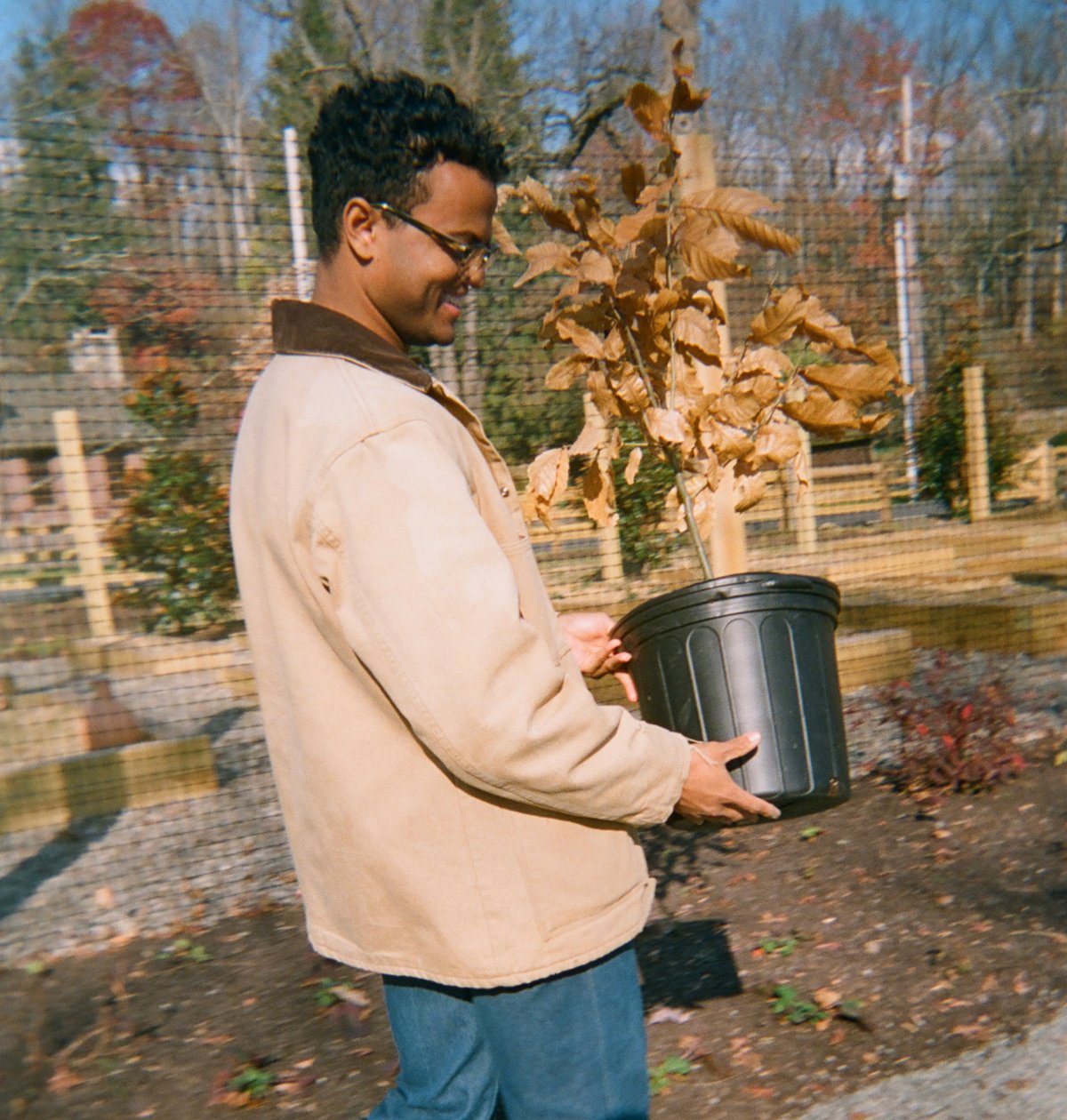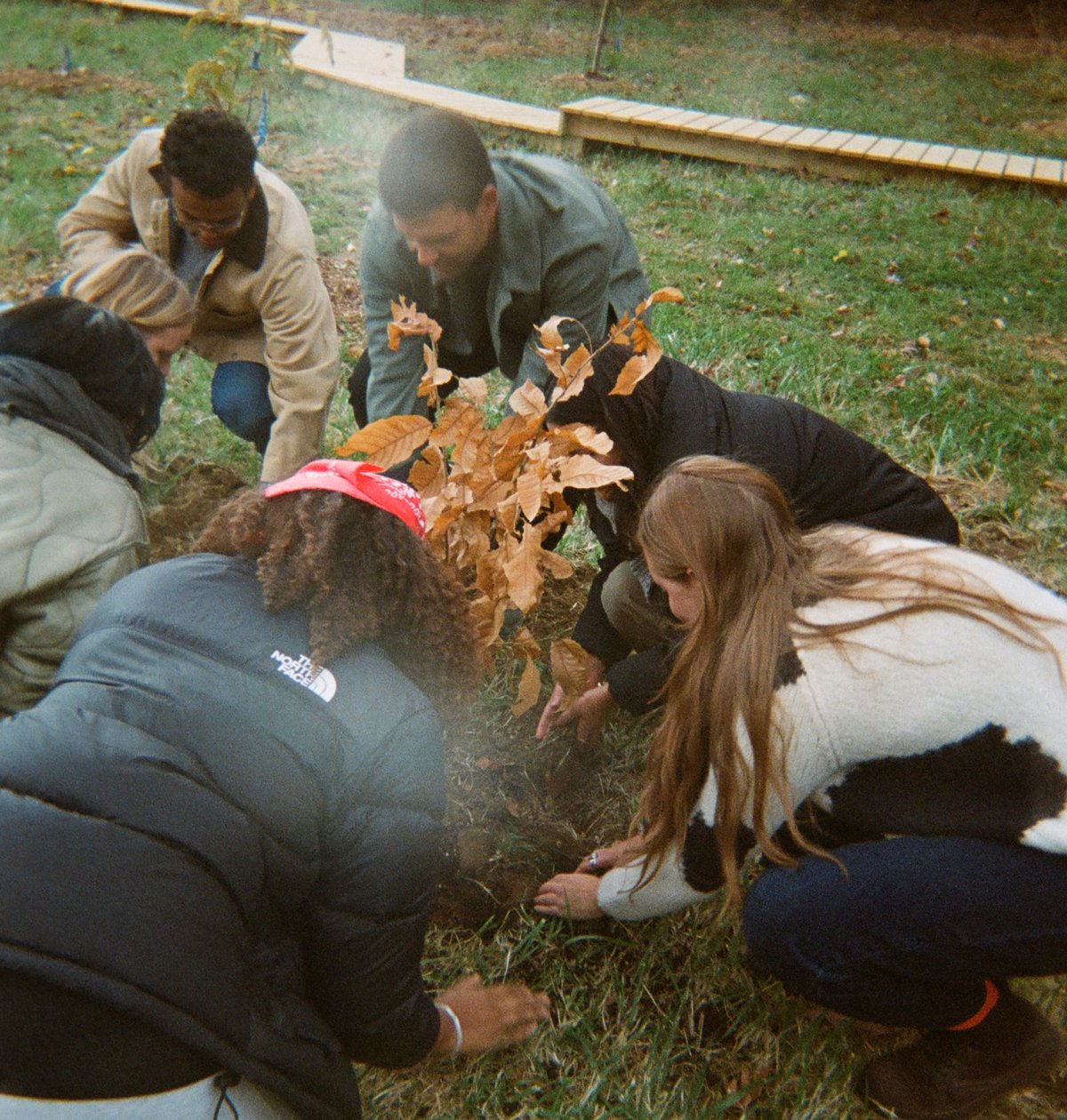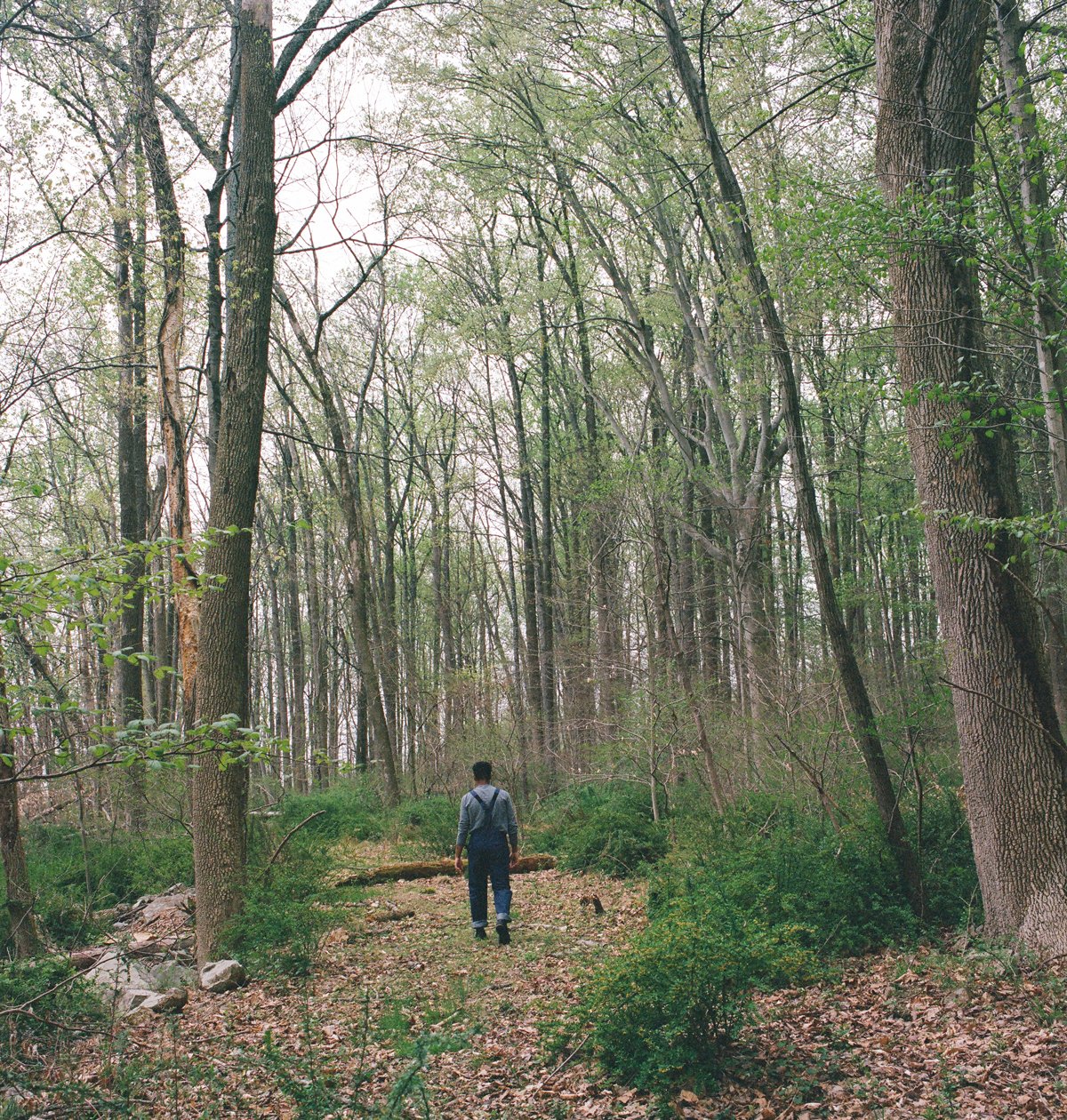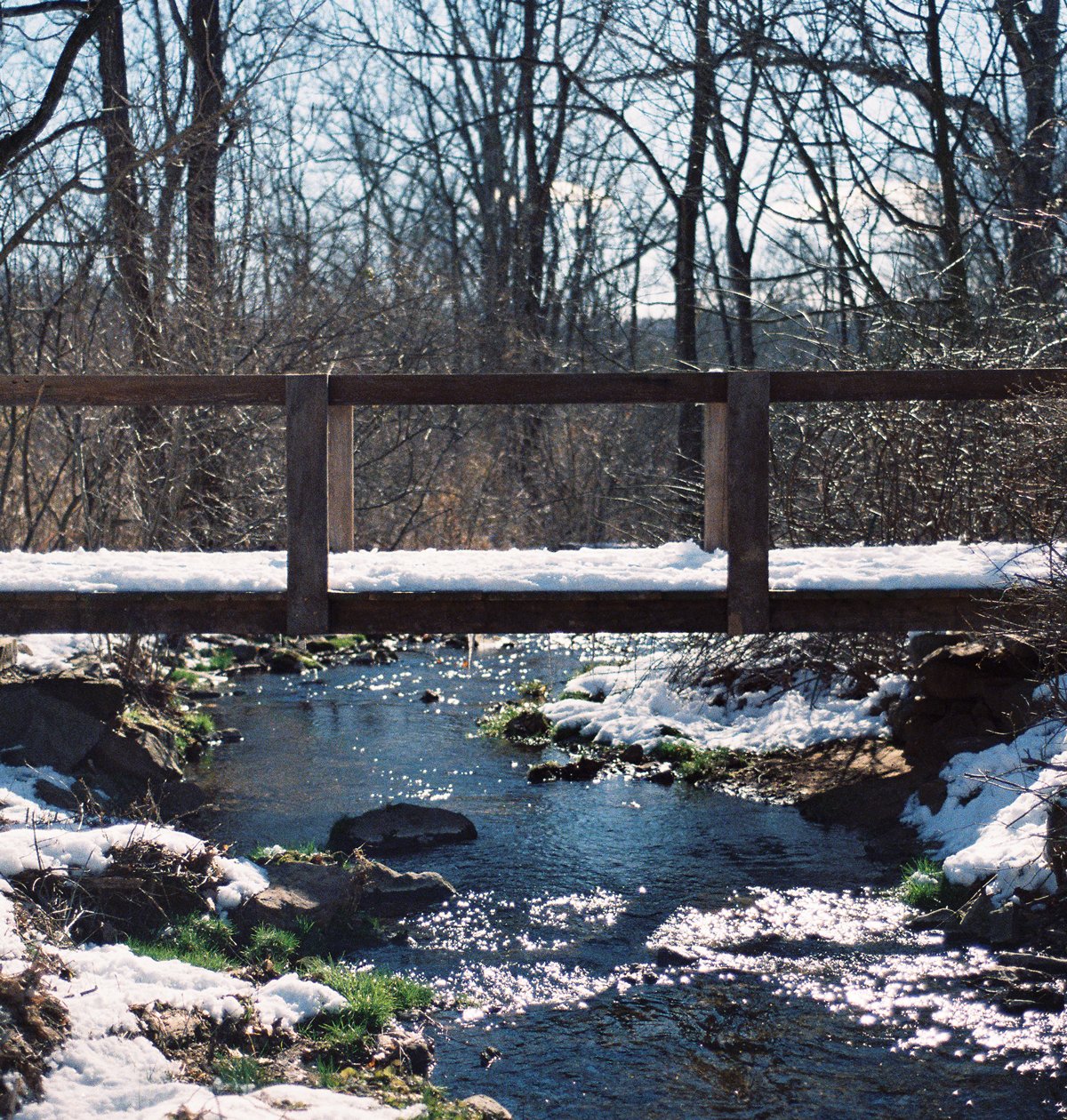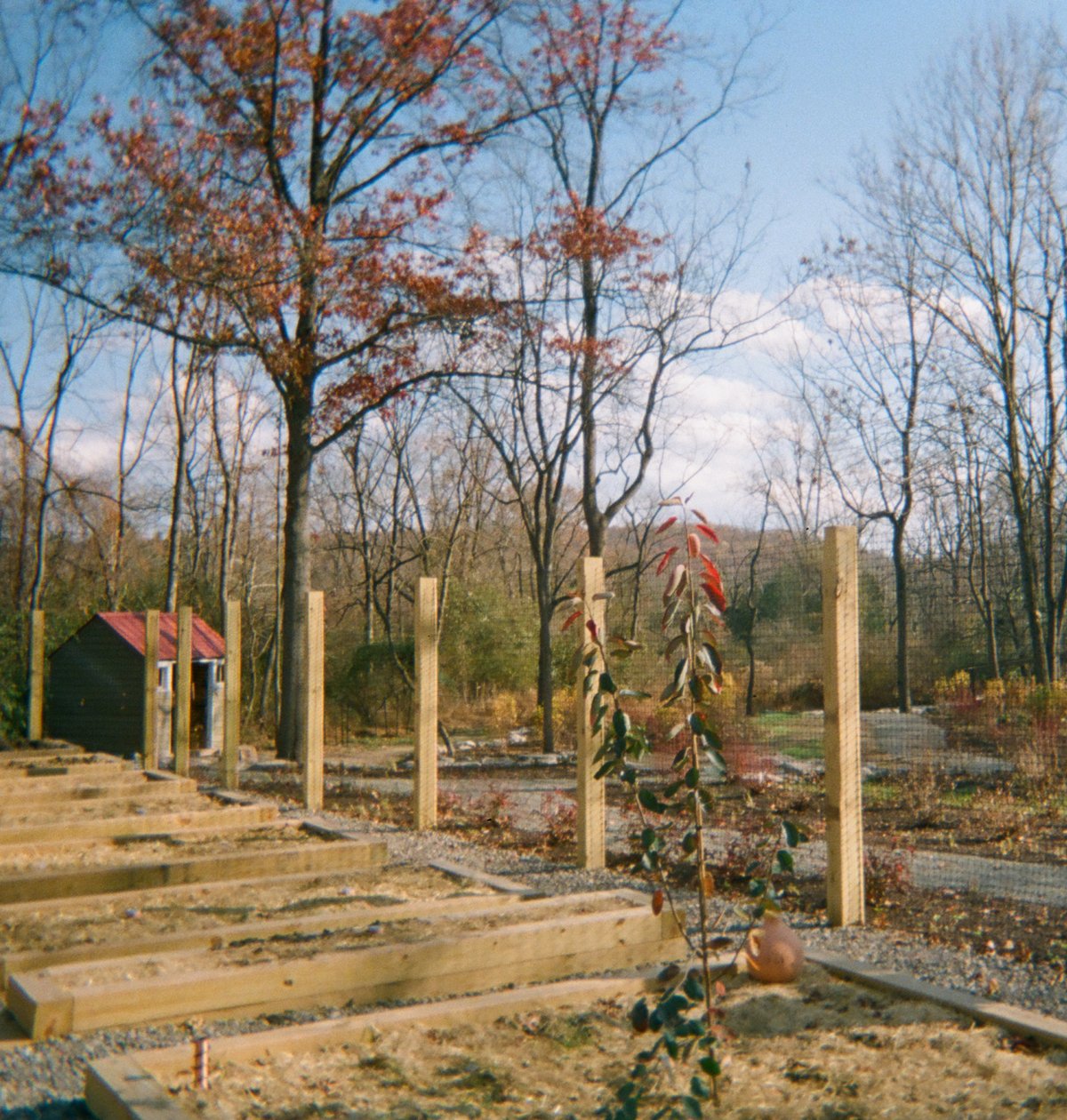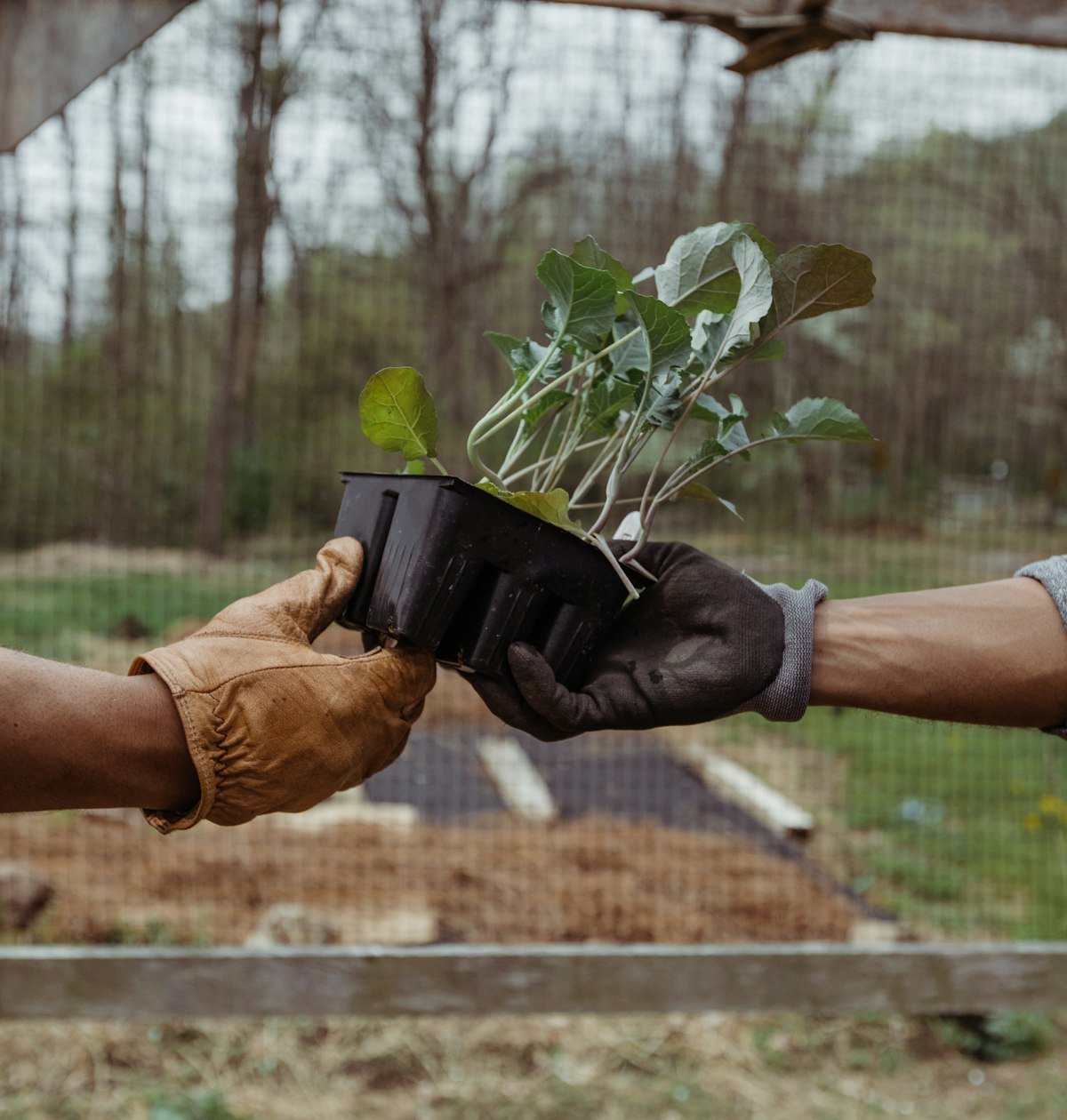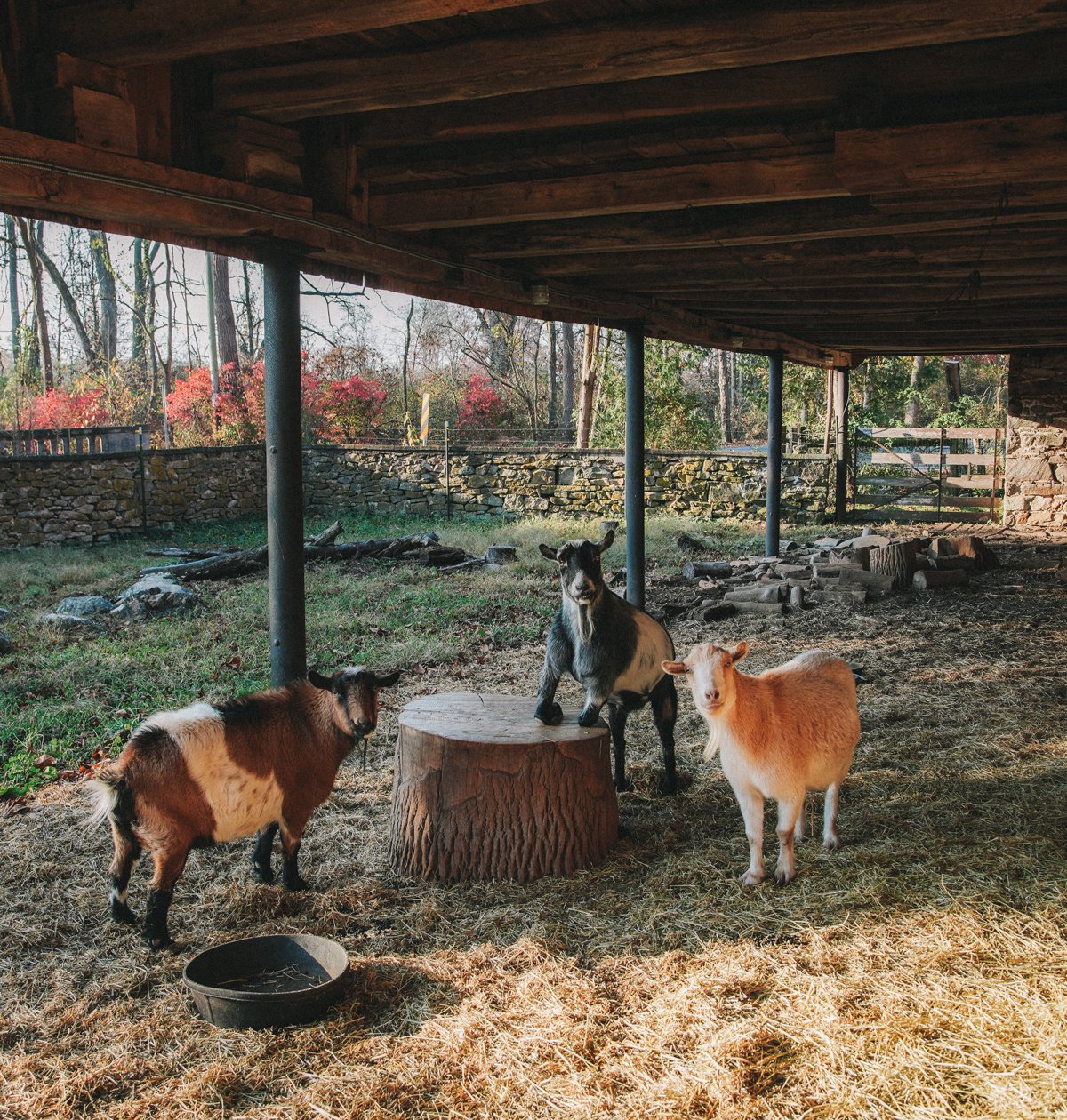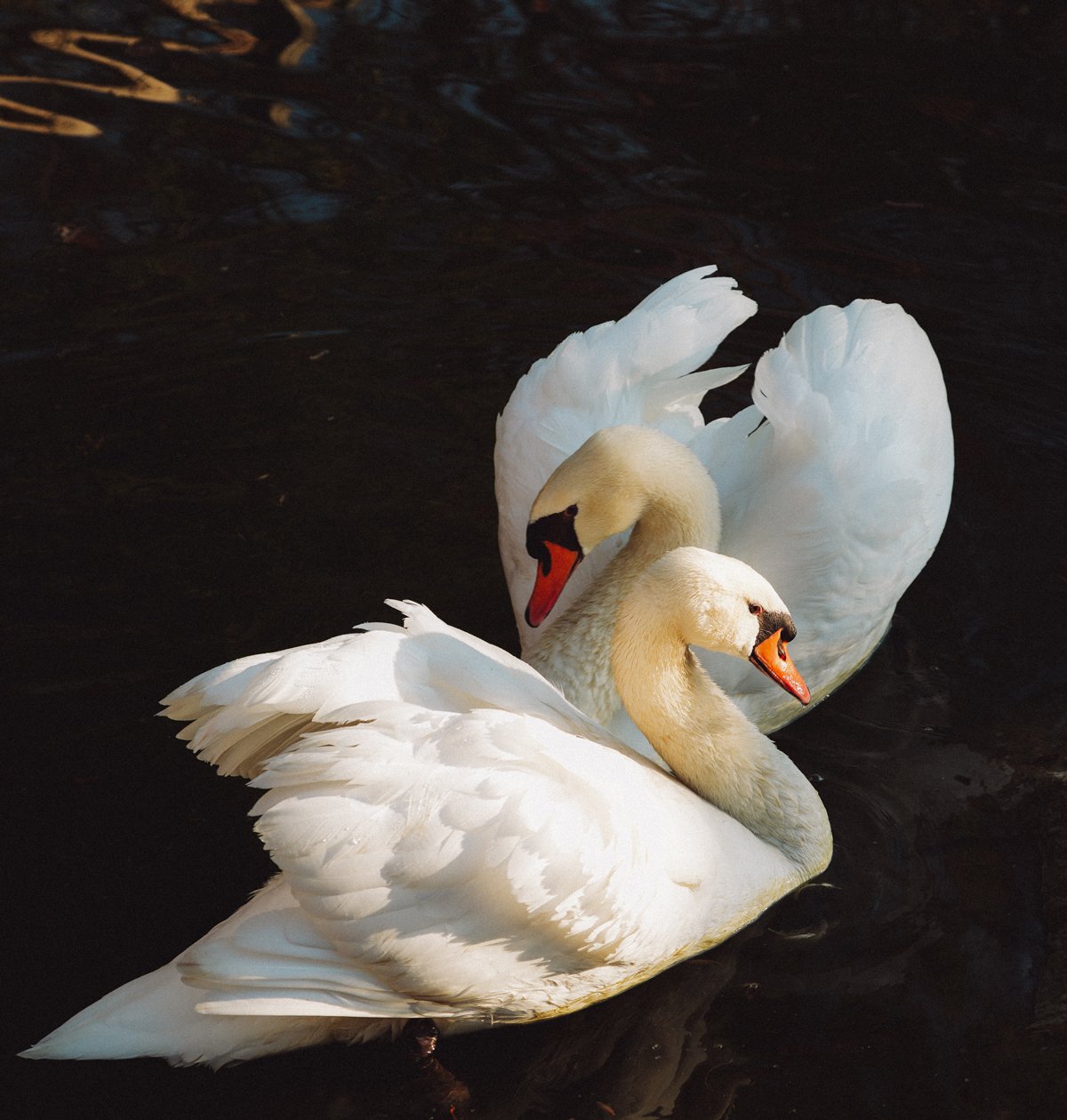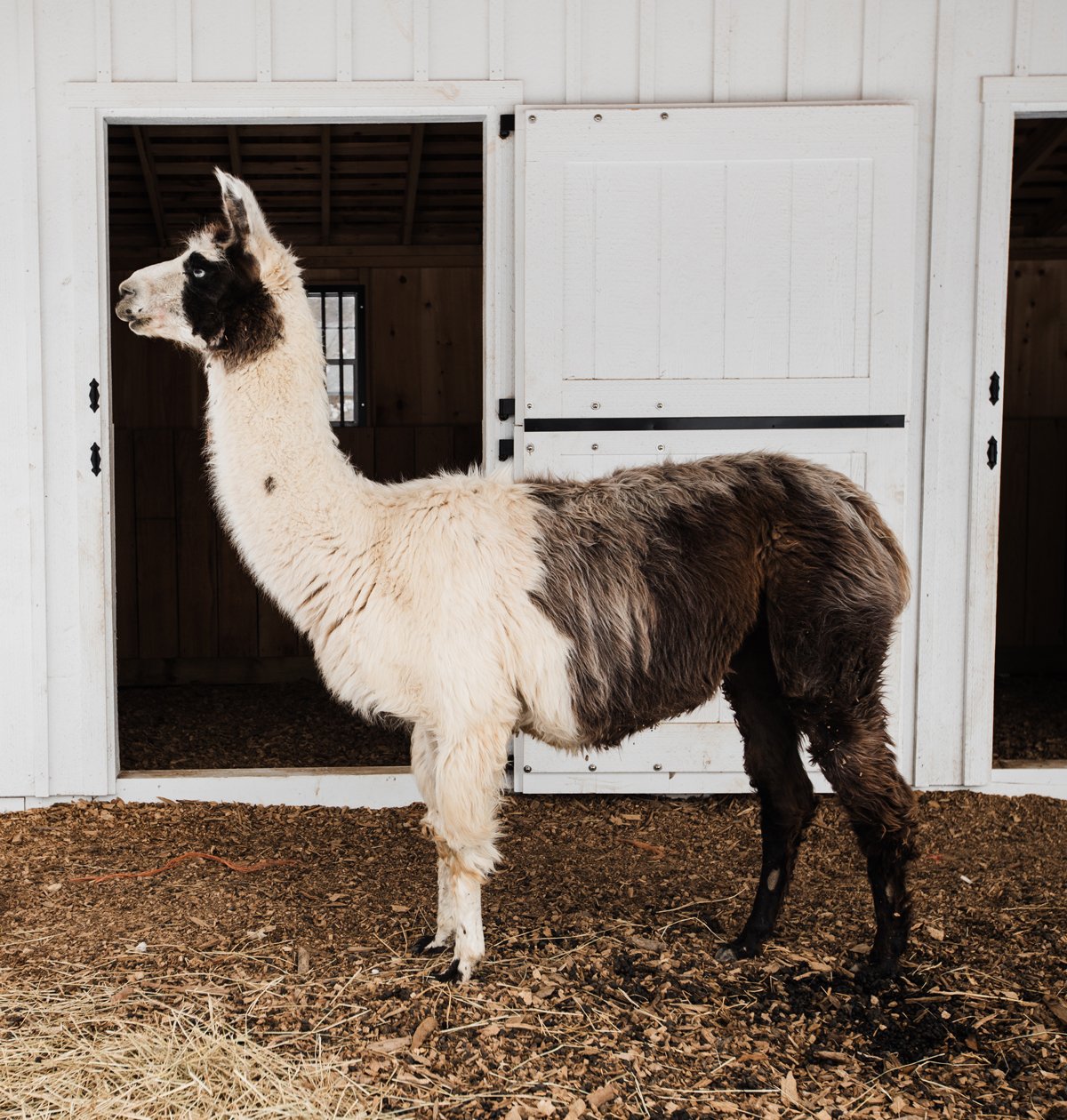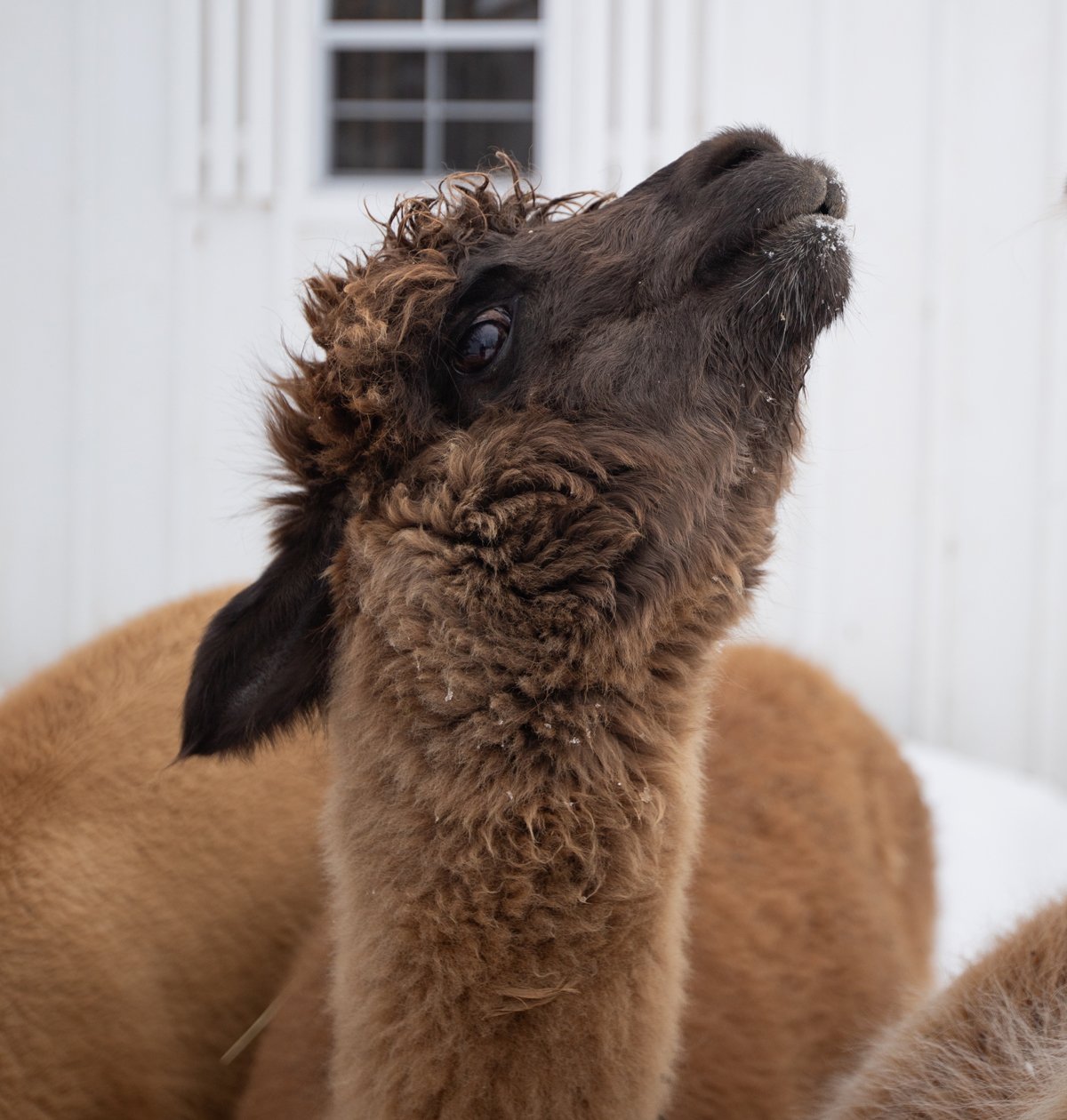Our agroforestry is rooted in regenerative, biodiverse practices.
Situated on 60 acres of preserved land, the farm is a haven of biodiversity nestled against a limestone ridge. We let nature’s rhythms nourish our regenerative practices, creating a vibrant ecosystem of forests, pastures, and protected waterways.

To plant a tree is to plant hope
We’re restoring soil and ecosystem health through sustainable farming practices. Our hope is to grow nutrient-dense food while leaving our land better than we found it.
At Bloom Farm we have trees, crops, flowers, and animals all growing together in a holistic system. Each complements one another to increase the overall land productivity.
Our dream of creating an agriculturally-productive landscape starts with the planting of trees – which we feel is our best chance of creating resilient, self-regulating ecosystems.
The specific tree we are focussed on is the Chestnut. Once called the ‘Redwoods of the East Coast’, these trees are amazing catalysts for restoring native habitats. They also produce a nutrient-dense food crop that can serve as a flour, milk or meat substitute in western diets.
Archival chestnut tree, sapling, and fruit images courtesy of Forest History Society and New York Public Library Digital Collections.
Our Pillars
Land
Bloom Farm is nestled in between the Oley Hills and the Oley Valley; two distinct ecosystems separated by the foothills of the Appalachian mountains. This limestone mountainside fertilizes the soil down below in the valley and cleans the waterways running through it. As such, Bloom Farm is a beautiful combination of forest, pasture, protected streams, and wetland habitats.
Stewardship
Archeologists have found that Native American inhabited this area for thousands of years, so we were extremely careful in how we approach the stewardship of this land. That means holding true to our regenerative principles of limited soil disturbance, diversity of organic matter, no artificial inputs, and sustainable energy practices. Our keystone crop is the Chestnut. Hundreds of years ago, Bloom Farm was a Shagbark Hickory farm. Some of these nut-producing trees are still with us today, serving as mentors for our young chestnut trees and anyone who walks the trail.
Water
Water is our most important resource on the farm and we approach its use with reverence. We’re lucky to be positioned in a valley with some of the east coast’s cleanest and most valuable watersheds. An unnamed stream winds through the property and eventually deposits into the Schuylkill River. Rather than exert control over the water, we design systems like swales and rain gardens to harvest this resource in the moments and areas we most need it. Water on the farm supports millions of insects, thousands of trees and hundreds of wild animal species including deer, coy fish, swans, turtles, and heron.
Gardens
Our first major restoration effort was to re-establish what we call our ‘Three Garden System’. This is meant to mirror a traditional homestead layout with each garden serving a specific role based on its distance from the farmhouse.
-
The Cocktail Garden is the smallest and closest to the home geared towards everyday essentials like herbs and edible flowers. We use the western facing mountainside and an old growth ash tree to our advantage for shade and wind protection.
-
A few hundred feet away and situated next to a protected stream, the Kitchen Garden serves as our primary growing space for standard market fare like tomatoes, lettuces, berries & peppers. We were extremely careful about minimizing our disturbance of the natural ecosystem, and our design reflects working with the landscape rather than against it. Thoughtful additions like a composter made of reclaimed wood and an indigenous watering system gives this space the tools it needs to be a self-sustaining market garden.
-
The largest growing space on the property is our Community Garden, which transforms a neglected strip of grass on the hillside into a productive, biodiverse ecosystem. The garden combines an effort to recreate what would have been Eastern Pennsylvania’s native food forests with a terrace of 11 rows for heritage crops like wheat and barley. These gardens are first and foremost educational resources for our community and we organize planting days for anyone interested in a better understanding of the natural world around us.
Animals
Wild and domesticated animals play a critical role in our regenerative approach to farming. Without this piece, nothing can thrive and Bloom Farm is no exception. From our goats who give life to the farm’s compost, to our Alpaca who cut and fertilize our grasses, and even the swans who guard our precious ponds from other waterfowl, everyone plays their part. Rather than most farms working to keep animals out, we think of it as a system of abundance. The more biodiversity we can get, the healthier our farm will be! In addition to our team above, we lean on the bees, eagles, bats, chickens, songbirds, and even the local horses to keep our farm running.
Discover Bloom Farm
Farmhouse & Outbuildings
Art Barn
Cocktail Garden
Pond
Kitchen Garden
Protected Wetland
Campground
Community Garden
Heritage Trail
Wildflower Meadow
Chestnut Orchards
Alpaca Field
Our Landscape Plan
We collaborated closely with Jonathan Alderson Landscape Architects, Inc. to craft a comprehensive landscape plan for Bloom Farm. Their design philosophy prioritizes environmental sensitivity, achieved through the interpretation of layered inventory and analysis. Here, this involved assessing circulation patterns, ecology, hydrology, and the cultural heritage to develop a plan that promotes sustainable food production while honoring the local vernacular, flora, and fauna.
In conjunction with agroforestry consultant, Propagate, we also established sites for over 10 acres of chestnut orchards. These orchards are complemented with wildflower meadows and pollinator gardens, ensuring sustainable crop yields.
The farm also encompasses a food forest, edible woodland buffers, and diverse vegetable gardens tailored to our community’s nutritional objectives. Thoughtfully integrated trails and roadways encourage visitors to fully engage with their natural environment.
The goal is to develop regenerative strategies that evolve over time, respecting and preserving the integrity of the local ecosystem.
